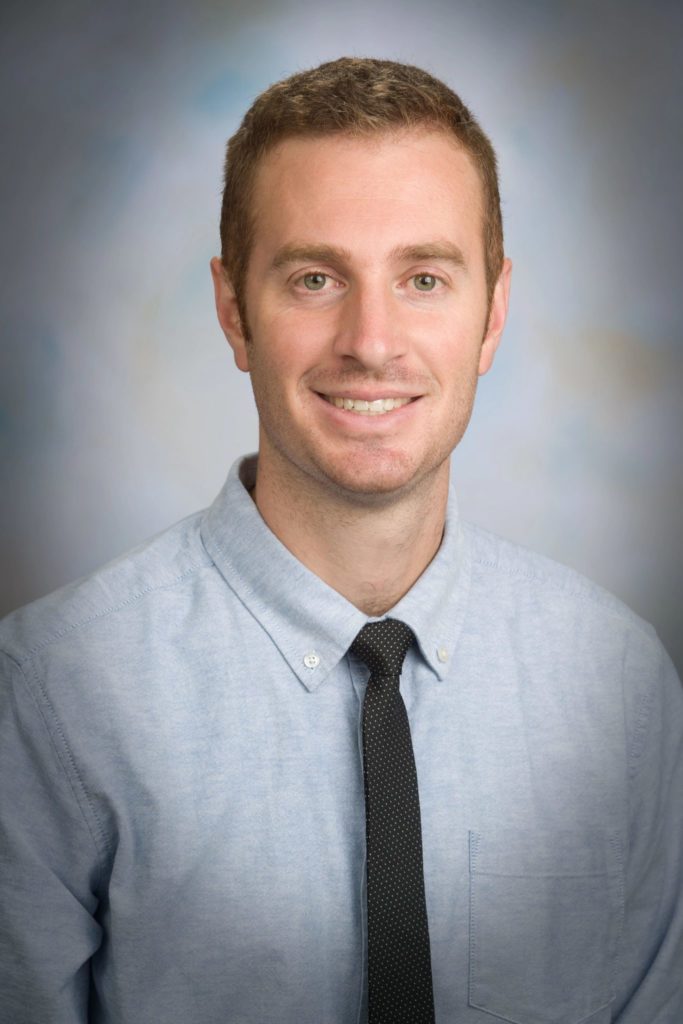
Groundwater is critical to our drinking water and food supply, but there’s a lot of uncertainty surrounding future availability of this resource. New Civil and Environmental Engineering Assistant Professor Ryan Smith uses technology to peer underground and answer questions about how groundwater supplies are changing and why.
Smith studies groundwater systems using satellite, airborne and ground-based geophysical data. Combining datasets from these sources can give scientists a better understanding of aquifer systems and groundwater processes.
“With climate change and population growth driving increased groundwater demand, I find it very rewarding to be working in an area where the results of my research can help drive sustainable outcomes,” Smith said.
Some of his recent projects estimated groundwater use at regional scales, examined groundwater storage change, and investigated the role of human activity on arsenic concentrations.
How it started
Smith became interested in groundwater while living in Iceland during a break from his undergraduate studies. He was fascinated by the country’s use of geothermal energy. He also happened to be there during the Eyjafjallajökull volcanic eruptions that disrupted trans-Atlantic and European air travel.
While earning a B.S. in geology at Brigham Young University, Smith worked with hydrogeologists at Rio Tinto Kennecott, a mining company, to improve monitoring of its de-watering systems. He received his Ph.D. in geophysics from Stanford University, where he worked with Professor Rosemary Knight and Professor Howard Zebker to develop new methods to monitor groundwater systems. At Stanford, he also explored how groundwater over-pumping creates pathways for arsenic contamination with Professor Scott Fendorf.
Smith most recently was an assistant professor at Missouri University of Science and Technology, where he developed machine learning models to predict groundwater use and depletion as well as models that are better able to integrate data from remote sensing – a method of determining physical characteristics from a distance, usually by satellite or aircraft measurements.
How it’s going
Smith teaches courses on groundwater, remote sensing and data analysis. He wants to help students develop skills in time series and geospatial data analysis, which he believes are beneficial for a career in hydrology.
“I’m so excited to join the CEE department at CSU,” Smith said. “It’s a great group of faculty and students. I’m looking forward to collaborating with a lot of folks on various water resources issues.”
Colorado State University is a long-established leader in the field of water engineering, dating back to the late 1880s when Professor Elwood Mead – Lake Mead’s namesake – created the first irrigation engineering course in the country.